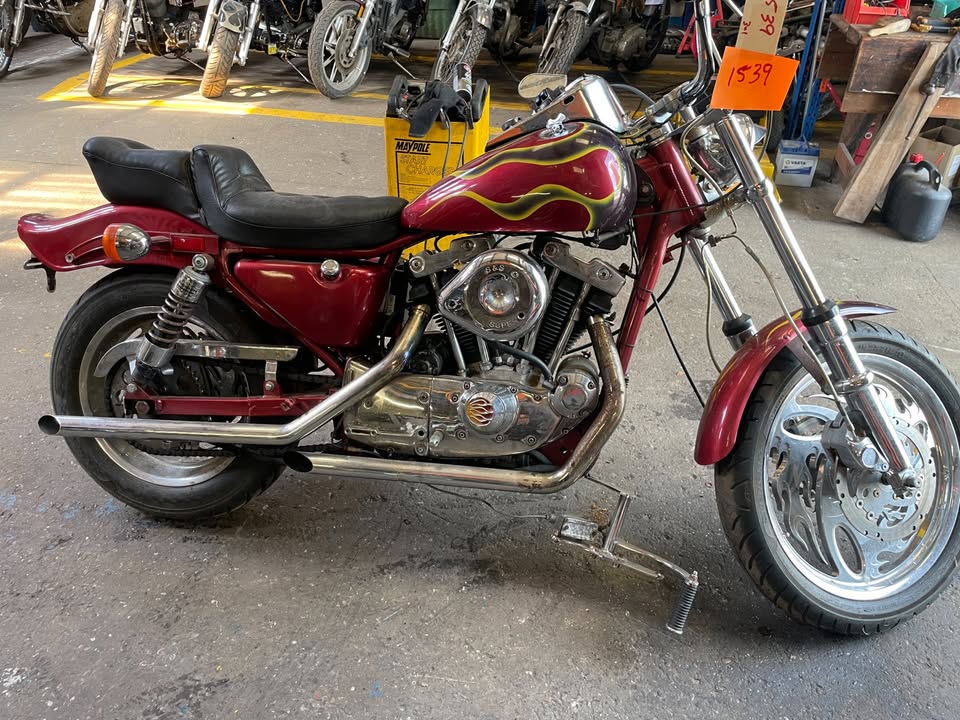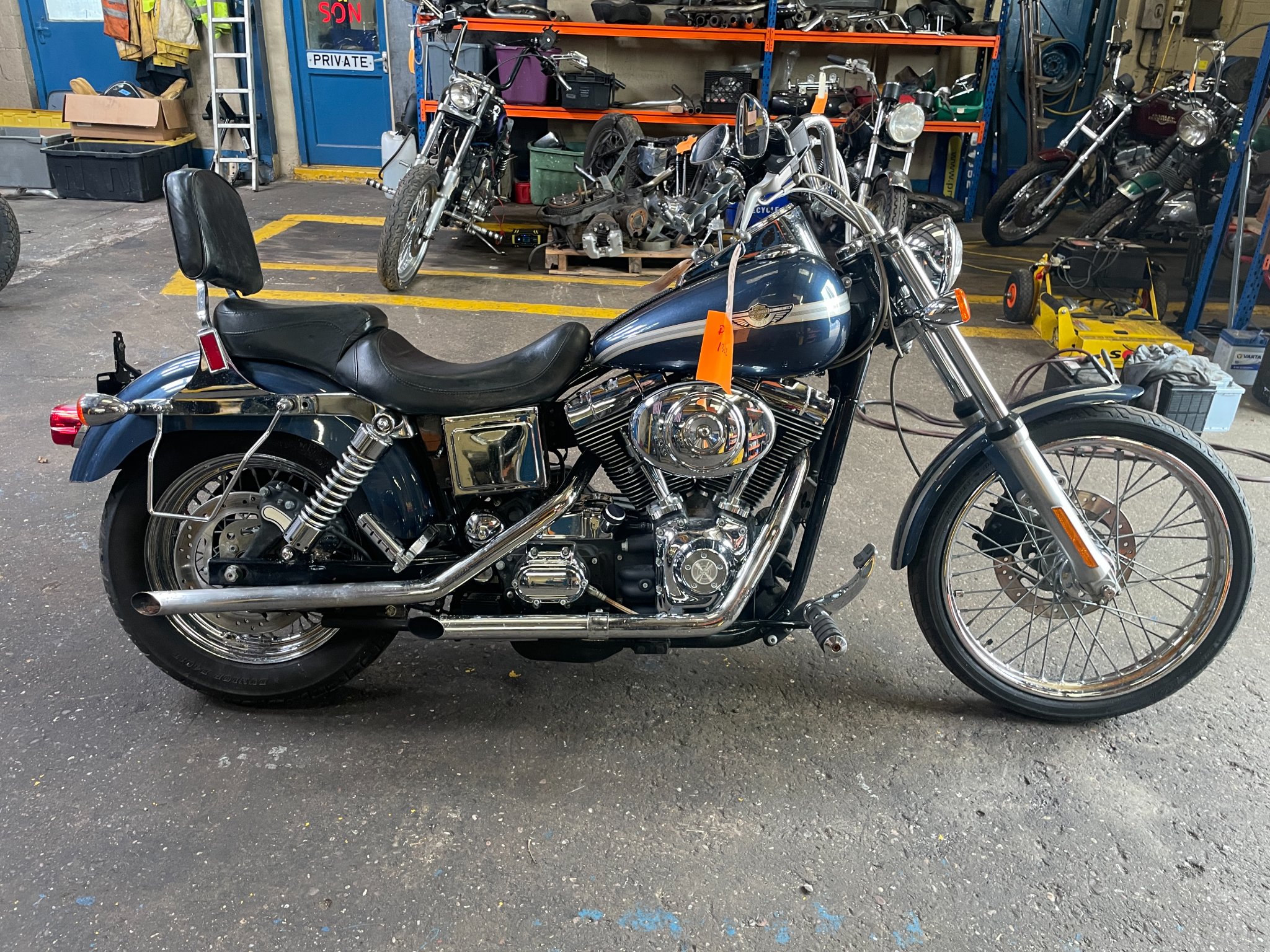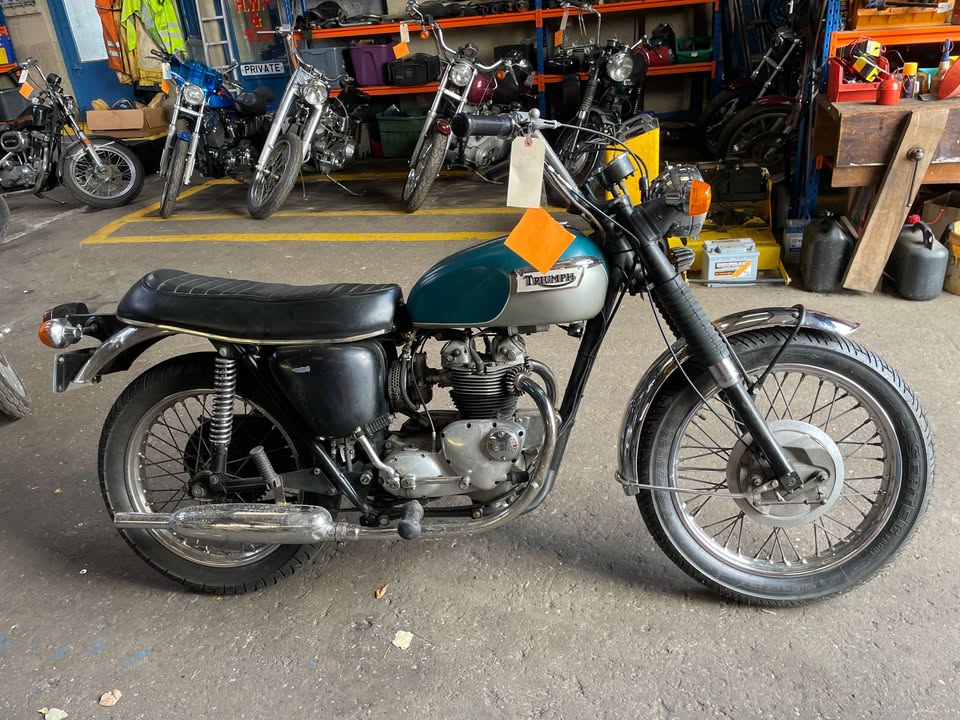Classic and Classy Motorcycles Ltd
Vintage and Classic Motorcycle Importers
1982 Harley Davidson Ironhead 1000cc XLH Sportster Project Ref 1539

1982 Harley-Davidson XLH Sportster 1000cc – End of the Ironhead Era Approaches
Historical Context
The 1982 Harley-Davidson XLH Sportster was part of the final generation of Ironhead-powered Sportsters, a model that had been in continuous development since 1957. By the early 1980s, the Ironhead engine had become a symbol of traditional Harley engineering—rugged, raw, and deeply connected to the brand’s identity. The XLH variant, with its electric start and road-oriented setup, was a practical choice for riders who wanted classic Harley performance in a lighter package than the company’s big twins. This was a transitional period in Harley history, marked by a growing need to modernize as foreign competitors gained ground. Just a few years later, the Ironhead would be phased out in favor of the Evolution engine.
Technical Specifications and Performance
• Year: 1982
• Make: Harley-Davidson
• Model: XLH Sportster
• Engine Displacement: 997cc (marketed as 1000cc)
• Engine Type: OHV 45-degree V-twin, Ironhead
• Compression Ratio: 9:1
• Carburetion: Keihin constant velocity carburetor
• Ignition System: Electronic ignition (replacing breaker points)
• Cooling System: Air-cooled
• Transmission Type: 4-speed manual
• Final Drive: Chain
• Braking System: Single disc front, drum rear
• Fuel Capacity: Approx. 3.2 gallons
• Dry Weight: Approx. 540 lbs
• Top Speed: Around 100 mph
Technical Advancements
By 1982, Harley-Davidson had made several improvements to the Sportster lineup. The addition of an electronic ignition system improved reliability over older points systems. The Keihin CV carburetor provided more consistent fueling and easier cold starts. The XLH featured electric start, full instrumentation, and cast alloy wheels—components aimed at improving usability for everyday riders. However, it still retained the traditional 4-speed transmission and chain final drive, both of which would be modernized in the Evolution generation.
Evolution of the Model
The Ironhead engine had been refined steadily over 25 years, but by 1982 it was showing its age. Reliability had improved over earlier versions thanks to better crankcase venting and upgraded ignition, but vibration and oil leaks remained part of the ownership experience. In 1986, the Ironhead would be replaced by the all-aluminum Evolution engine, marking the end of an era. The XLH, while not radically different in 1982, served as a swan song for this iconic but increasingly dated powerplant.
Competitors in the Market
By 1982, the Sportster faced stiff competition from Japanese middleweights like the Honda CB750, Yamaha XS650, and Kawasaki KZ750. These bikes offered more refinement, higher RPM performance, and less maintenance. Still, the Harley-Davidson XLH appealed to a different kind of rider—those who valued torque, styling, and mechanical simplicity over outright speed or cutting-edge technology. Its unique character, low-end grunt, and unmistakable sound gave it a loyal following despite the competition.
Legacy and Collector Appeal
The 1982 XLH represents the final phase of Ironhead development, just before the switch to the more modern Evolution engine. As such, it holds value among collectors and enthusiasts who appreciate the gritty, analog nature of these older Harleys. For restoration projects, the 1982 XLH offers a relatively complete parts supply and straightforward mechanical layout, making it a satisfying choice for DIY builders or vintage fans seeking a piece of Harley history.
Find Classic Motorcycles
Stay in the loop - Subscribe for Updates
One email notification a month when a new shipment arrives.
 2003-Harley-Davidson-Anniversary-Dyna-Wide-Glide-FXDWG-1450cc-Ref-D1322
2003-Harley-Davidson-Anniversary-Dyna-Wide-Glide-FXDWG-1450cc-Ref-D1322 1971-Triumph-500cc-T100c-Tiger-Ref-1561
1971-Triumph-500cc-T100c-Tiger-Ref-1561